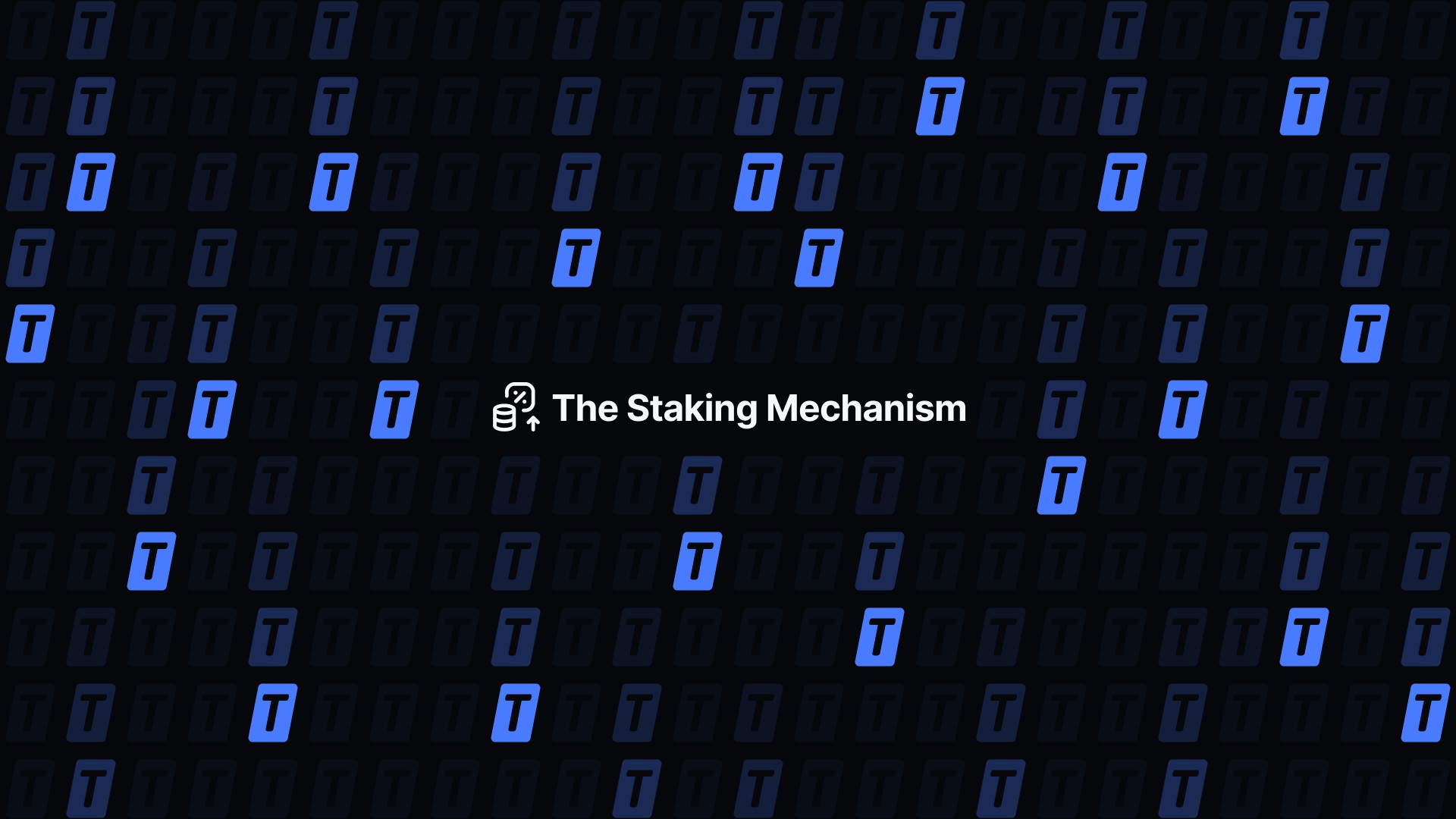Over the past weeks, Tectum has announced progress on products and applications linked to the roadmap update. This ranges from the SoftNote Wallet App to the Light Node for token management. This article will introduce a feature mentioned in the roadmap – the Willow Tree Consensus,

As we edge closer to becoming a public blockchain, the team is implementing necessary measures. This mechanism plays a major role in our expansion, especially as Tectum begins to onboard validators for our decentralized network.
What is the Willow Tree Consensus?
The Willow Tree Consensus is a staking model that factors in multiple variables when allocating $TET rewards to validators. This system utilizes a weight rating ceiling to ensure everyone has a fair piece of the pie. For a better understanding, let’s examine the Tectum blockchain.
Tectum, the fastest blockchain, utilizes a proof of utility mechanism for authenticating data transfer. This means that validators contribute to the network by providing utility in various ways. Considering that there are multiple ways to support the blockchain, Tectum thought it wise to introduce the Willow Tree Consensus.
This mechanism uses the weight rating ceiling to balance the scale and ensure that every action is rewarded. For a better understanding, let’s examine the proof of work and proof of stake mechanisms.
- Proof of work – show effort without owning tokens to get rewards
- Proof of stake – own tokens without showing efforts to get rewards
- Proof of utility – own tokens and contribute to the network to get rewards.
The Willow Tree Consensus will o properly implement the proof of utility by incorporating all necessary factors. This includes the number of tokens validators stake, the amount of contribution they make, and the capacity of their computer.
How the Willow Tree Consensus Offers Equal Opportunity to Validators
The Willow Tree is a genius way to balance the scale and give everyone a fair chance. Since it incorporates all factors, no validator can get maximum benefit without ticking all necessary boxes.
As outlined above, the proof of work rewards miners for processing transactions without owning stakes in the blockchain tokens. This means those who own tokens will not be rewarded if their computational power is low. In this regard, there is no incentive to hold the native cryptocurrency of POW blockchains.
On the other hand, the proof of stake focuses on rewarding validators with the most number of tokens. It shortchanges those who contribute to the network in non-financial ways. The approach does not incorporate the principle of blockchain technology.
On the other hand, the Willow Tree consensus incorporated the principles of blockchain. While the amount of staked tokens determines how much rewards validators can “possibly” earn, it does not guarantee it. Instead, the mechanism factors in computational power, utility provided, etc.
For example, two validators stake 10,000 and 2,000 $TET each. Then the setup states that individuals will earn 30% of their investment all things being equal. (Please note that this is an example and not the real reward structure).
Should the validator who vested 2,000 $TET contribute utility to the network and have significant computational power, they will get all 30% rewards. On the other hand, the validator who locks 10,000 $TET may not get the complete 30% if they lack adequate computational power and barely contribute to the network.
Looking at the example above, it is very evident to see how Willow Tree creates an equilibrium of opportunities.
Why Proof of Utility is the Future of Blockchain Consensus Mechanisms
Proof of Utility is gaining attention as the future of blockchain technology. It rewards validators for providing real value to the network. Unlike Proof of Work, it is energy-efficient and environmentally friendly. Validators don’t need expensive equipment, which makes it more accessible. This system encourages contributors to offer useful resources like data storage or bandwidth.
Proof of Utility promotes fairness in reward distribution. Validators are paid for their contribution, not their wealth or power. This creates a more balanced and decentralized ecosystem. It also enhances scalability by rewarding participants for performing valuable tasks. This helps blockchain expand beyond financial transactions.
Despite its advantages, most blockchains are not yet ready to embrace the Proof of Utility mechanism. Nonetheless, it is only a matter of time before the need for efficiency drive more networks to this mechanism.
